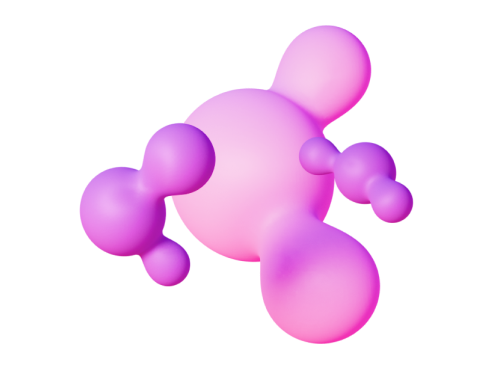Engineered smart materials for cancer diagnosis and therapy

Through this activity, 2SMART aims to develop smart materials to hinder cancer’s development and to improve therapeutic outcomes.
With this in mind, the aim of this activity is the development of smart nanomaterials that deliver treatment across the blood‑brain barrier for brain cancer therapy. Gliomas represent almost half of the primary brain tumors, and their standard treatment is not curative, only modestly increasing the survival expectancy.
Drug delivery using nanoparticles is a promising strategy to decrease drug toxicity in healthy tissues and to enhance drug bioavailability by increasing accumulation in target tissues. Within this project's scope, polymeric and lipid nanoparticles were prepared to encapsulate natural compounds for cancer prevention and therapy. The nanoparticles were efficiently taken up by the target cells, enhancing their antioxidant/anticancer activity. Also, the nanoparticles' safety for long‑term administration was evaluated. A repeated‑dose toxicity study was conducted, demonstrating the nanoparticles’ safety for repeated‑dose exposure and and its usefulness for brain cancer therapy. The results obtained so far allowed us to demonstrate the potential of our nanoparticles, to proceed to further studies.
In addiction, another objective is to explore and study the association between bacterial biofilms and cancer development. In this sense, and considering the antimicrobial properties of carbon materials, activity 4 focus mainly on:
Both of these materials were able to inhibit singlev and dual‑species bacterial biofilms (Staphylococcus aureus and Pseudomonas aeruginosa, and Escherichia coli and Enterococcus faecalis, respectively), demonstrating their high potential to fight bacterial biofilms.